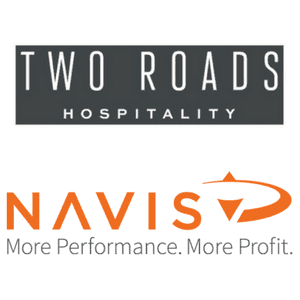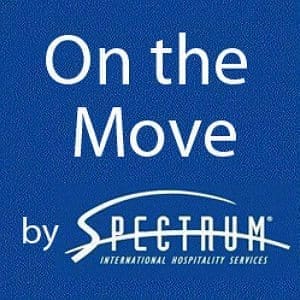Whether you work for a small company or a large one, having unfilled positions can hinder your organization’s performance. Unfilled senior level or critical positions can cause great problems in productivity and real revenue losses. The term succession planning is used to describe the process used to identify key leadership positions (or critical positions), and define who will be able to move into those roles in the future. While the concept of succession planning origins can be traced back to the late 1800’s to early 1900’s, it gained wide appeal through the practices used by Jack Welch, former CEO of General Electric. He is well known for creating an in-depth succession planning process at General Electric.
Succession Planning Process
Succession planning focuses on both an individual’s performance and their potential. Performance includes a review of on the job performance in the current job and any additional assignments or projects given the individual. Potential is defined as the ability to grow and develop into higher skill levels, competencies and assignments. Companies with defined competencies such as strategic focus, political astuteness and continual learner may use these competencies to help them judge potential. A successful Succession Planning program will include a variety of components including;
1. Pinpoint the Positions that Qualify – Identifying the roles to be included in the succession planning review is the first step. Certainly, senior roles in the organization should have a successor identified. Additional critical roles may also be included.
2. Identify skills gaps – Not everyone possesses all of the required skills at the level needed. A review of skills gaps will help identify training and development resources needed to bring your high potential team members up to speed.
3. Evaluate the employees – One commonly used formula is called the 9-box model. There are variations on the number of boxes in the matrix, but the 9-box model assesses performance across one axis and potential across the other axis in thirds (low, medium, and high). It is important to train evaluators on the definitions your company uses as well as remind them to review the employee’s overall performance for a defined period of time, i.e. one year and not focus on what happened the week before the talent review. Open and honest discussions are key factors when evaluating employees.
4. Document the results – Once each person’s performance and potential is charted, a clear picture develops of individuals’ current state. Those people listed in the upper right corner (high performance, high potential) may be the successors to the identified senior or critical roles. While employees listed in this box are key performers in your organization, people listed in the other boxes are also important, and may need developmental and growth opportunities as well in order to enhance the value they can bring to the organization.
5. Individual Development Plans (IDPs) – Begin building individual development plans for your high performance, high potential employees. Stretch assignments, global assignments, task force or project leads and leadership training are several ways to help build those skills gaps.
Technology and Other Factors
Technology can be a huge benefit when setting up your Succession Planning system. There are many succession planning software programs on the market from which to choose. If your company doesn’t have the resources to purchase software, begin with a spreadsheet to plot names.
Succession planning should not be a one-time event for an organization. At least annually, a review of the model should take place. Some organizations update biannually. Evaluators need to understand that people may move to different boxes based upon turnover, promotions and excellent performance and development so the chart may change for every talent review. Finally, transparency of the process should be considered. Do managers communicate to their employees where they fall on the model directly or do employees guess where they may be placed based upon receiving additional specialized training or opportunities?
While a succession planning program is not difficult to implement, there are many factors to consider if you want to do it well. The benefits of identifying future replacements, providing exciting and challenging training and assignments to star performers and helping your organization’s senior leaders to rest easily make the process worth incorporating into your organization, whatever size it may be.
About Gary Jones
 Gary is a guest columnist for Orgwide Services. He is a results-oriented human resources executive with extensive experience in employee relations, EEO/affirmative action, organizational development, talent/recruitment, assessment, training, and succession planning to support the organization’s business objectives. Gary has a proven track record in managing complex projects with on-time delivery, to include national wage and hour payroll audit, background/drug testing vendor implementation, succession planning, and policy development. For the past 15 years, Gary led the human resources functions for all full-service brands in western North America and focused service division to include talent acquisition and development, employee relations, labor, and policy interpretation with Hilton Worldwide.
Gary is a guest columnist for Orgwide Services. He is a results-oriented human resources executive with extensive experience in employee relations, EEO/affirmative action, organizational development, talent/recruitment, assessment, training, and succession planning to support the organization’s business objectives. Gary has a proven track record in managing complex projects with on-time delivery, to include national wage and hour payroll audit, background/drug testing vendor implementation, succession planning, and policy development. For the past 15 years, Gary led the human resources functions for all full-service brands in western North America and focused service division to include talent acquisition and development, employee relations, labor, and policy interpretation with Hilton Worldwide.












